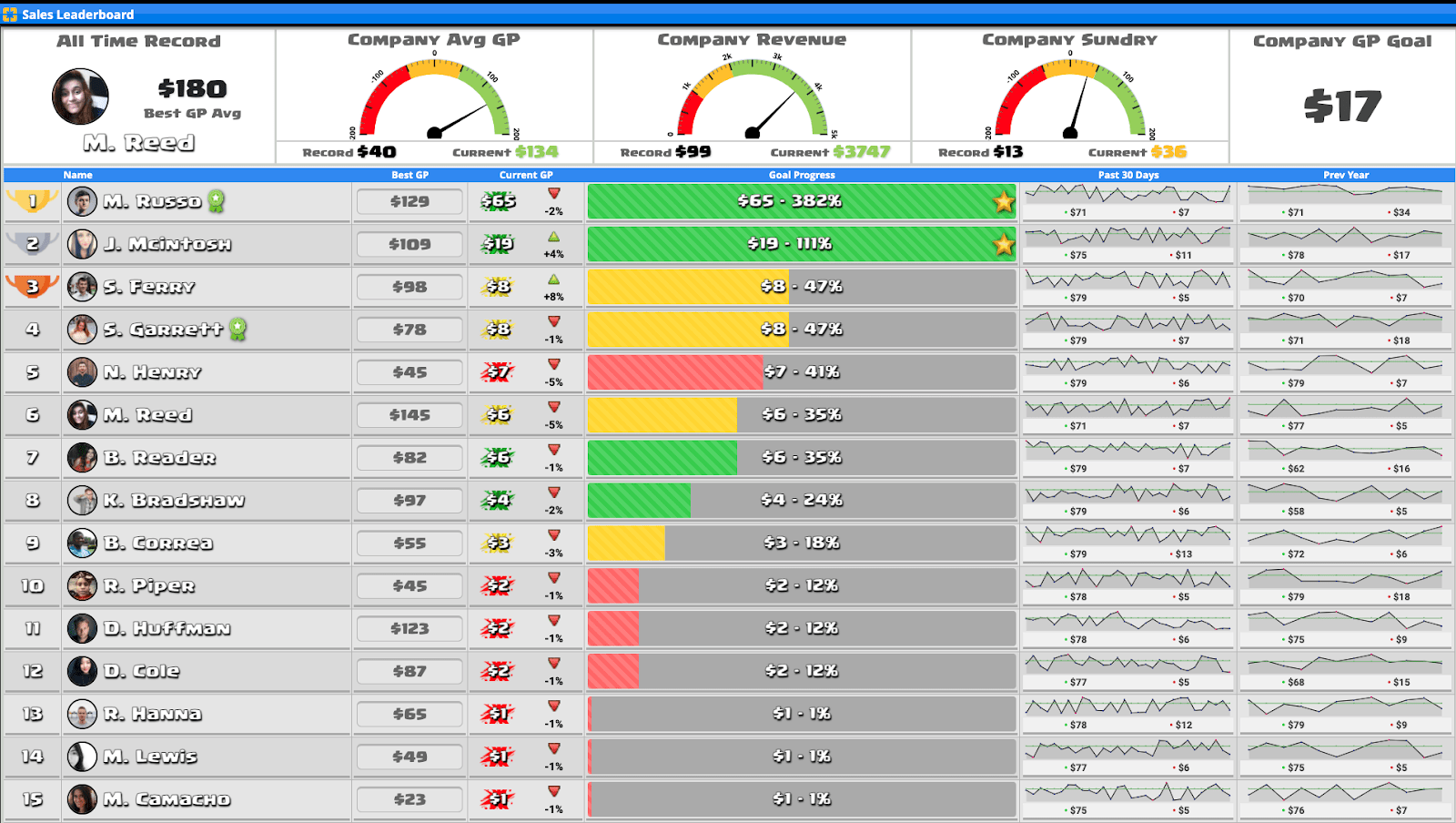There’s a tendency to think that any customer is a good customer. After all, they are placing orders–so that means revenue, right? Wrong. For distributors in particular (but any SKU-based business), orders that appear to add to your top line might actually be taking away from your bottom line.
What do I mean?
Beyond the cost of the goods you are selling, the cost of doing business includes your labor costs, your physical building (including warehouse space, racks, equipment, etc.), your truck fleet, and more. When you add up all these costs and then divide them by the number of orders placed in a year, you may be surprised to find that as many as 30% of your accounts are costing you more to serve than they are generating in profit.
Let’s really emphasize that. Accounts that look like they are placing profitable orders may actually be costing you money.
But before you try to run a report, export to Excel and start analyzing, hear me out.
Turning Around Unprofitable Accounts
Most accounting systems aren’t designed to identify or calculate the impact of these unprofitable accounts. More importantly, your sales team doesn’t have visibility into what issues exist on pricing, profitability, or service expenses. You need a Business Intelligence system that can not just pull data from a variety of systems (inventory, picking, accounting, etc.), but perform a massive number of normalizations, calculations, and comparisons. You need a tool that learns as it goes and surfaces the most impactful accounts to focus your efforts on and inform, in real-time, the people that need to take action. This knowledge and information motivate the team to take accountability to drive results.
In short, this is no time to expect a spreadsheet to give you the answers. And even if you did create a massive spreadsheet to do the calculations and data manipulations–by the time you finished, the data would be out of date and no longer relevant to the people that need to take action.
Turning profits, not just inventory
There are a variety of ways you can improve an account’s profitability. You can put a minimum order amount, add a surcharge, require certain product categories…the list goes on.
But the real impact of moving an account from unprofitable, to profitable…is that every future improvement goes straight to the bottom line. It’s like having a two-fold impact on the business because you are 1) not spending money on each unprofitable account and you are 2) now making money!
At your next leadership meeting, I challenge you to ask about the cost of unprofitable accounts on your business. Do you even know which ones they are, or what to do to improve them? Then, give us a call for a free data analysis so we can show you how to quickly improve your profitability. We’d love to talk!

